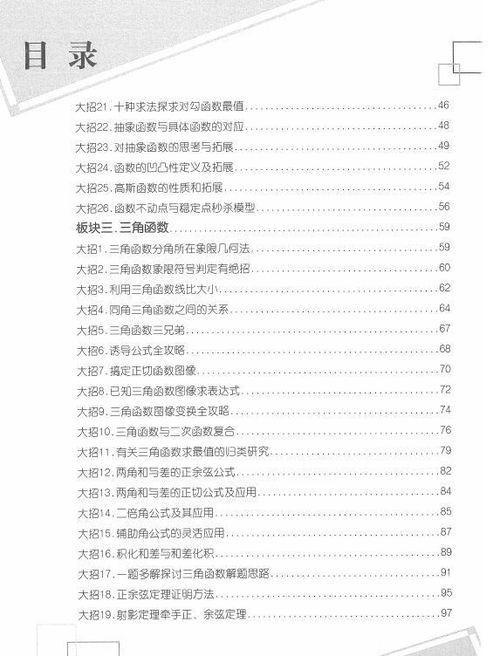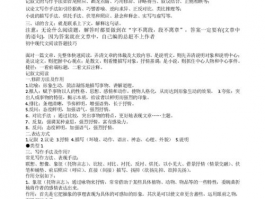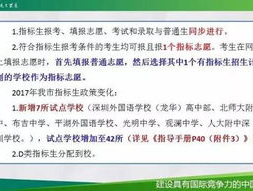Introduction: The Importance of High School Math Mastery

High school mathematics is a critical subject that forms the foundation for many future academic and career paths. Mastering this subject not only helps students excel in their current studies but also prepares them for more advanced topics in college or university. Leveraging 186 effective strategies can significantly enhance one’s understanding and performance in high school math. Additionally, finding free resources can be highly beneficial, especially for students who may not have access to paid tutoring or materials. This article will explore the various facets of high school math mastery and provide a comprehensive guide to utilizing these 186 strategies effectively.
Understanding the 186 Strategies: Breaking Down High School Math
Each of the 186 strategies is designed to target different aspects of high school math, from algebra and geometry to calculus and statistics. These strategies include tips for problem-solving, time management, and efficient study habits. To truly benefit from these techniques, students need to understand how to integrate them into their daily study routines. Here’s a breakdown of how these strategies can be systematically applied:
1. Algebraic Mastery: Algebra is often the cornerstone of higher-level math studies. Strategies here may include breaking down complex problems into smaller, more manageable parts, practicing equation manipulation, and understanding key algebraic principles such as functions and inequalities. By consistently practicing these techniques, students can develop a strong foundation in algebra.
2. Geometric Insights: Geometry requires a different skill set, including spatial reasoning and the ability to visualize shapes and their properties. Strategies may involve practicing different types of proofs, familiarizing with geometric theorems, and learning to use geometric tools effectively. Free resources often provide diagrams and interactive tools to aid in this process.
3. Calculus Concepts: For advanced students, calculus introduces the concepts of limits, derivatives, and integrals. Effective strategies include understanding the fundamental theorems of calculus, practicing differentiation and integration techniques, and applying calculus concepts to real-world problems. Online resources often offer video tutorials and step-by-step guides to reinforce learning.
4. Statistical Analysis: Statistics is increasingly important in many fields. Strategies for mastering statistics include understanding data representation, learning about probability distributions, and becoming proficient in statistical testing methods. Free resources might include software tools, datasets for practice, and instructional materials on statistical theory.
By categorizing these strategies according to different topics, students can tailor their study plans to address their specific weaknesses and strengths.
Finding and Utilizing Free Math Resources
There are numerous free resources available online that can help students implement these 186 high school math strategies. These resources range from instructional videos and interactive tutorials to downloadable worksheets and practice problems. Identifying reliable sources is crucial for obtaining high-quality materials. Here are some tips for finding and making the most of these free resources:
1. Educational Websites: Websites like Khan Academy, Coursera, and edX offer richly detailed courses on various high school math topics. These platforms often provide a mix of video lessons, practice exercises, and assessment tools to track progress.
2. Online Forums and Communities: Websites such as Reddit, Quora, and Stack Exchange have active communities where students and educators discuss math problems and solutions. Participating in these communities can provide insights into different problem-solving techniques and create opportunities for collaborative learning.
3. YouTube Channels: Many educators and math enthusiasts run YouTube channels dedicated to teaching high school math concepts. These channels often provide clear, concise explanations and allow students to pause and replay sections as needed.
4. School and Library Resources: Many schools and libraries offer free access to educational materials, including textbooks, tutoring sessions, and math clubs. These resources can supplement online learning and provide additional support.
By identifying and utilizing these resources, students can reinforce their understanding of high school math topics and practice their skills through a variety of formats and methods.
Implementing the 186 Strategies: Effective Study Habits
Simply knowing the 186 strategies and having access to free resources isn’t enough; students must also develop effective study habits to fully benefit from them. Here are some key practices to consider:
1. Regular Practice: Consistency is key in mastering math. Setting aside dedicated time each day for math practice ensures steady progress and retention of concepts. Using a mix of problems from different topics keeps the practice sessions engaging and comprehensive.
2. Active Problem Solving: Rather than passively reading through solutions, students should actively work through problems, seeking to understand each step. This approach helps develop critical thinking and problem-solving skills.
3. Self-Assessment: Regularly testing oneself allows students to gauge their understanding and identify areas needing improvement. Utilizing quizzes, past exams, and online assessments can provide valuable feedback.
4. Seeking Help When Needed: It’s important for students to recognize when they need assistance and to seek help promptly. This can be through online forums, study groups, or one-on-one tutoring. Addressing difficulties early prevents small issues from becoming significant obstacles.
Integrating these effective study habits with the 186 strategies and free resources can greatly enhance a student’s ability to master high school math.
Q&A Section
Q1: What are some key areas these 186 strategies cover in high school math?
A1: The strategies cover algebra, geometry, calculus, and statistics, providing techniques such as problem-solving tips, understanding key principles, practicing proofs, and learning differentiation and integration methods.
Q2: How can students find reliable free resources for learning high school math?
A2: Students can utilize educational websites like Khan Academy, engage in online forums and communities, follow YouTube channels dedicated to math education, and take advantage of school and library resources.
Q3: What are some effective study habits for mastering high school math using the 186 strategies?
A3: Effective habits include regular practice, active problem-solving, self-assessment, and seeking help when needed. These habits help in consistently improving understanding and skills in high school math.
Q4: Why is it important to categorize strategies according to different math topics?
A4: Categorizing strategies helps students focus on specific areas of weakness and organize their study efforts efficiently, leading to a more targeted and effective learning process.
Q5: How does active participation in online communities benefit high school math learners?
A5: Active participation allows learners to gain insights from others, receive feedback, and learn diverse problem-solving techniques, fostering a collaborative and supportive learning environment.









